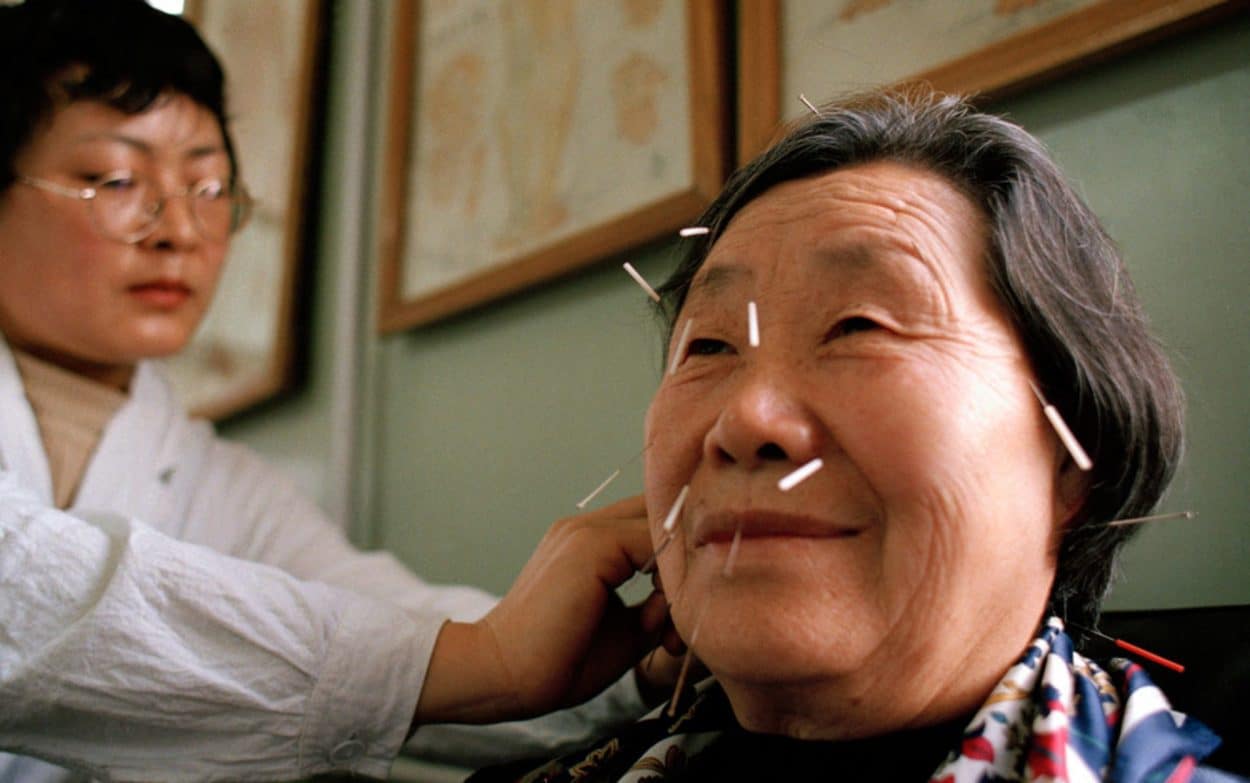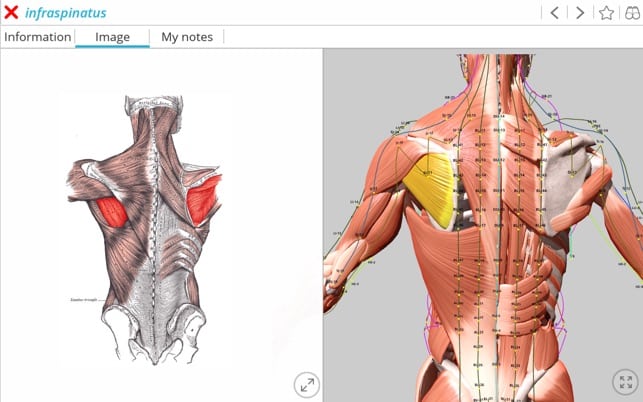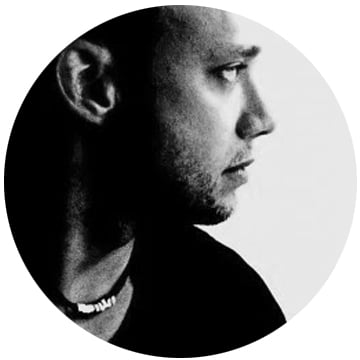Used in China for thousands of years, Traditional Chinese Medicine (TCM) is pushing digital boundaries to boost accuracy and accessibility with increasingly sophisticated and accessible treatments further driving demand. High-tech TCM solution providers are enhancing their offerings by incorporating artificial intelligence (AI), virtual reality (VR) and augmented reality (AR).
The so-called Fourth Industrial Revolution is now in full swing, bringing with it both challenges and opportunities. This digital transformation is having a massive impact on the healthcare sector, disrupting business models, services, regulations and the demand for skills. In China, home to a creaking healthcare system and ageing population, the government is looking to new technology to drive a transition from disease-centred care towards what is referred to as “Big Health.” Emphasizing prevention rather than cure, this healthy living initiative will deliver a full suite of smart, personalized services to citizens to cover the entire care continuum.
Big Health seeks to combine traditional remedies, western medicine and wellness regimes in one national holistic program. As such, the demand for traditional Chinese medicine is on the rise, with the global market expected to grow annually by more than 5 percent between now and 2030. Sofya Bakhta, an analyst with China-based market research and consulting firm Daxue Consulting, said:
“With their awareness of health and wellness issues on the rise, growing numbers of Chinese people are now seeking good quality TCM treatments. As TCM increasingly intersects with cutting-edge digital technology, these treatments are becoming more sophisticated and accessible, further driving demand.”

Something Old, Something New
As one of the oldest systems of health and wellness, TCM has been used in China for thousands of years. While other medical regimes prioritize the treatment of disease, TCM aims to increase immunity and enhance wellbeing. TCM practitioners typically diagnose a patient’s condition by observing, listening, asking and feeling—they then use a variety of natural products to improve overall health, lessen pain and address ailments. The most common types of traditional Chinese medicine include herbal remedies, acupuncture and Tai Chi.
The emergence of new technologies such as big data, artificial intelligence, virtual reality and augmented reality mean diagnostic methods typically used in TCM are now being simulated, extended and even replaced. Underpinned by the rapid development of Chinese mobile health (mHealth) apps and given added impetus by Covid-19, this means China now stands at the forefront of cutting-edge TCM-based healthcare.

Rapid growth in mobile phone use, internet connectivity and digital health technology mean China’s mHealth market is currently booming. The market contains a growing number of apps for TCM practitioners, with the majority focused on acupuncture and herbs.
Acupuncture involves the insertion of very thin needles through the skin at strategic points of the body. It is a key component of TCM and is most commonly used to treat pain, although it is increasingly being used for overall wellness, including stress management. A growing number of smartphone apps, such as Acupressure Point for 300+ Diseases, Visual Acupuncture 3D, Acupuncture Index and AcuRhythm, help users identify the body’s acupuncture points (places where nerves, muscles, and connective tissue can be stimulated) and the meridians (lines) that connect them.
Wouter van Vugt, founder of Visual Acupuncture 3D, explained:
“In books and images it’s hard to understand how meridians flow from the front of the body to back, and how they flow through different organs. My three-dimensional app allows for a far better visual understanding of how different points are related to each other and to anatomical landmarks.”

Mobile TCM apps are not limited to acupuncture. Bencao, for example, provides users with a wealth of information about herbs and how they can be used to treat specific symptoms. TCM Clinic Aid is a one-stop shop for TCM practitioners, with acupuncture point locations, information on herbs and the possibility for the user to test their knowledge.
Next Generation Tech
Acupuncture-related tech doesn’t stop at simple screen visualization, however. Acupuncture AR claims to be the world’s first AR-based app for acupuncture, acupressure and moxibustion (a TCM therapy which involves burning dried mugwort on particular points on the body). It uses AR to help users localize and visualize acupuncture points (currently 170) on the body live through the smartphone camera.
AcuMap from MAI (Medical Augmented Intelligence) goes one step further by incorporating VR into its acupuncture solution. Using AcuMap software and a VR headset, acupuncturists and students can meet virtually to perfect their skills and exchange clinical decisions, all from the comfort of their homes.
MAI CEO Sam Jang said:
“AcuMap is designed to leapfrog current acupuncture training and simulation with its comprehensive and medically accurate 3D mapping of the human body. Based on increasingly affordable headsets, we want to build a scalable virtual world so that everyone can receive a medical education and improve their skills.”
AI Boosting
Other high-tech TCM solution providers are enhancing their offerings by incorporating AI. The XunAi app, which has been developed by Shenzhen-based Aiaitie, diagnoses the health of users by using AI to analyze photos of the tongue, face, hands or other parts of the body and then recommending TCM-related therapies (tongue diagnosis has played a pivotal role in TCM for thousands of years and a growing number of companies are working on associated AI-based systems).
XunAi founder Ellen Ony said:
“The most innovative aspect of the app is that it removes the need for doctors. In less than two minutes, the AI-based system offers a health check and an associated way to improve health, which could be related to diet, music, acupuncture or moxibustion. Multiple technologies are involved, such as deep learning, advanced visual recognition and attitude positioning.”
Vancouver-based WisdomAIC is also integrating AI into the four diagnostic methods of TCM (looking, listening, smelling, asking and touching) using image recognition, speech processing and machine learning. The system has been deployed at over 1,000 medical institutions and is currently being tested to improve the accuracy and efficiency of TCM diagnosis and treatment.











